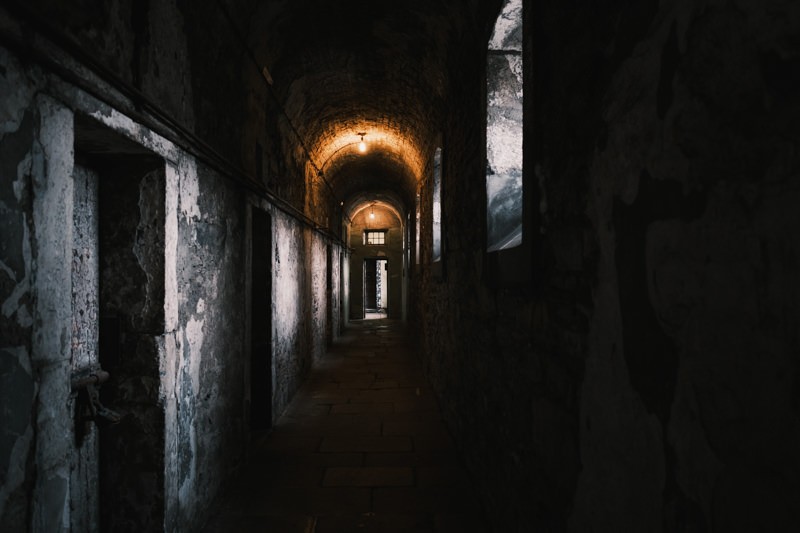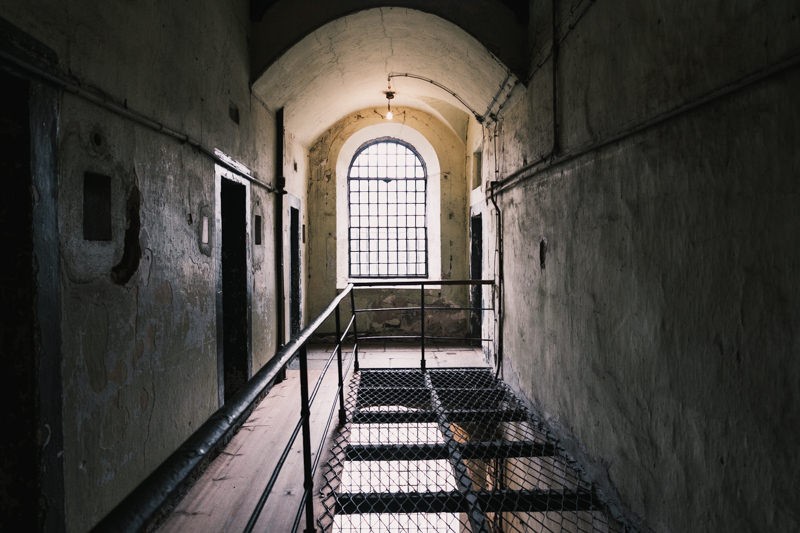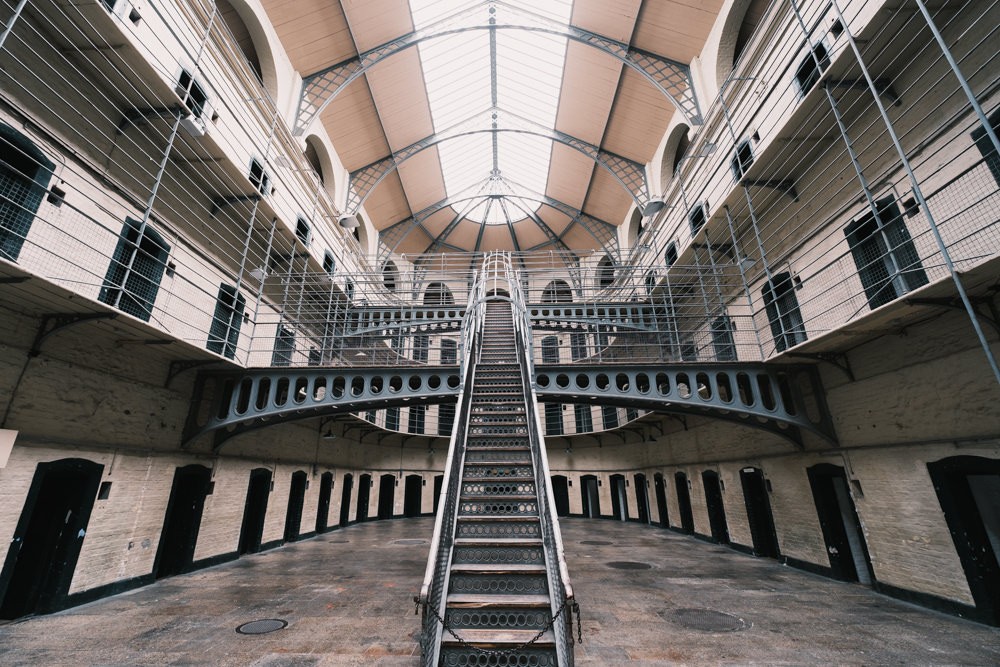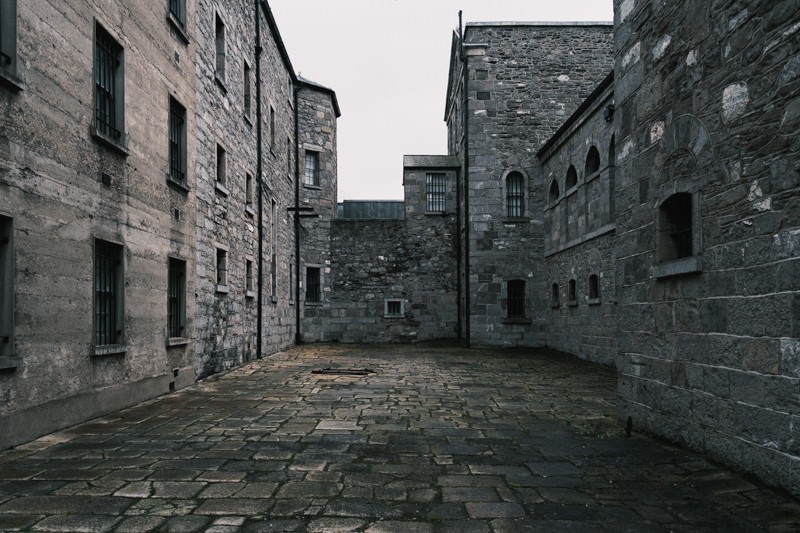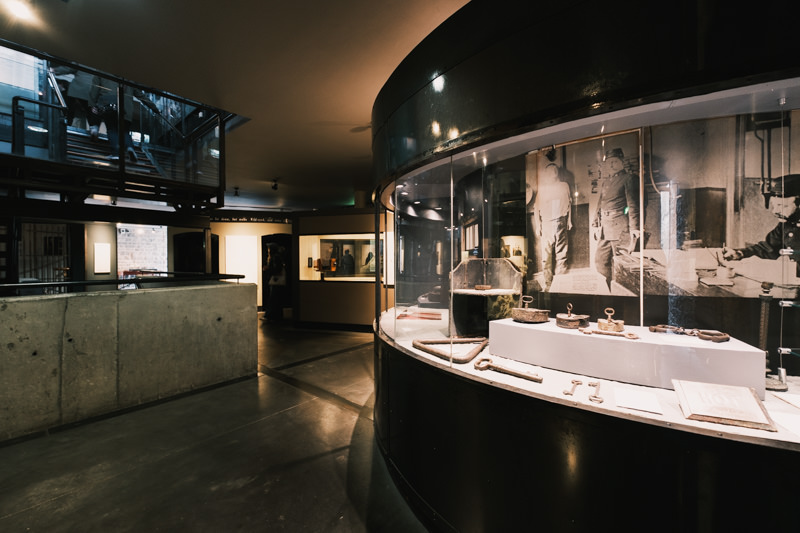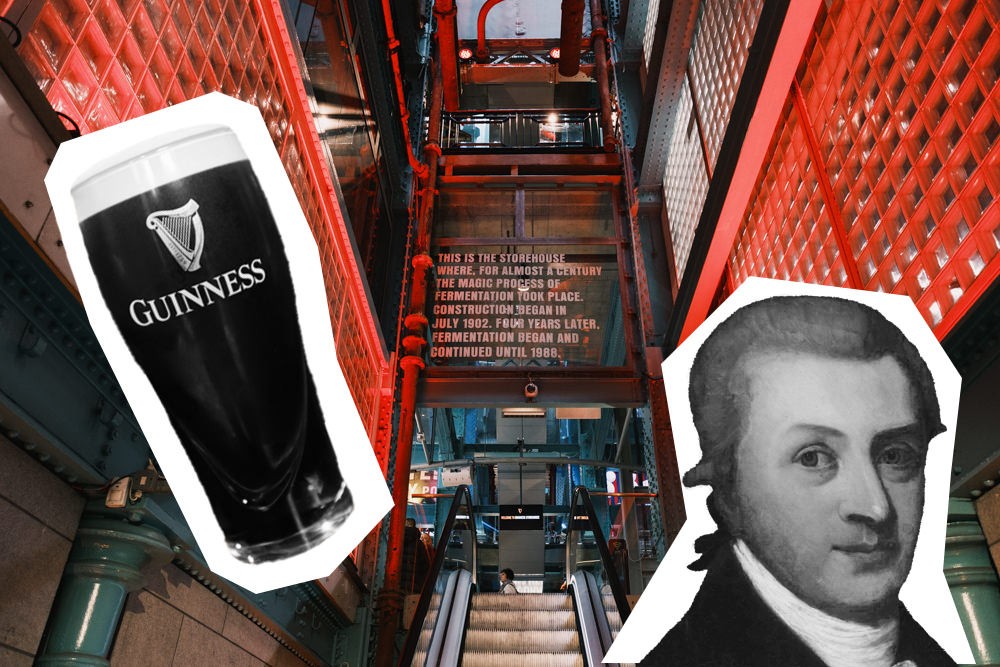A Haunting Visit To The Kilmainham Gaol
A Haunting Visit To The Kilmainham Gaol
It was cold and I could feel it through my sweater standing in one of the stone corridors of Kilmainham Goal.
But nowhere near the kind cold that seeps into stone and hangs over the prisoners that used to be housed here, as many as five in a cell, all huddled over one candle for warm. The small openings allowing fresh air to reach the damp and dirty cells come at the cost of also letting in the brutal winds of winter.
It’s hard to imagine how the Kilmainham Gaol, that operated until 1924, used to cram in prisoners as young as 3 and old as 93.
This wasn’t my first time visiting a decommissioned prison, but something about Kilmainham makes the visit deeply haunting. Maybe it’s how the stories are told with such matter-of-fact clarity. Or the contrast between the beautifully restored architecture and the brutality it once contained. Or maybe it’s because you can’t quite walk through this place without feeling the weight of its bloody history.
What to Expect on the Kilmainham Jail Tour
Opened in 1796, Kilmainham was known as the ‘new gaol’ since it was replacing the older jail. For all intents and purpose, it was Dublin’s first modern prison. The cells once indiscriminately held men, women, and children all. Many of them were jailed for crimes as minor as begging, which was illegal at the time.
Despite the horrific conditions, during the famine, people would intentionally commit petty crimes just to get food and shelter within these walls. That’s the kind of desperation this place remembers.
The tour lasts about an hour starting in the old courthouse and chapel before taking you through the old west wing corridors and into the main hall, a haunting beautiful and soaring three-story Victorian style chamber filled with light from a domed glass skylight.
This newer East Wing was built during a period when prison design focused on rehabilitation rather than pure punishment. The layout was meant to offer every inmate a glimpse of daylight, which was meant to aid in the rehabilitation of the soul. It feels almost artistic.
But that light only adds to the eeriness of it all, even in the daytime. I found myself imagining voices echoing off those metal railings and footsteps pacing behind those thick cell doors. Carvings on the walls and doors are imprinted memories of its inhabitants.
The Killing Grounds
We finish our tour in the open courtyard of the Kilmainham Gaol, standing on the spot where James Connolly, one of the leaders of the 1916 Easter Rising, was executed by firing squad. He was so badly wounded before the execution, that they had to tie him to a chair.
This visceral display of cruelty coupled with the defiance of the imprisoned leaders would turn the tides of public opinion against England. It was the marked point in the inevitable march towards independence from the British empire.
It’s one thing to read about history. It’s another thing entirely to stand in the yard where it unfolded.
If you’re visiting Dublin for the first time, bookmark my IN-DEPTH CURATED RECOMMENDATIONS + THINGS TO AVOID.
Why ‘Gaol’ and not ‘Jail’?
It’s the same word, just an older spelling. ‘Gaol’ was the traditional British and Irish way of writing ‘jail,’ even though both were pronounced the same. Over time, most countries switched to the simpler “jail,” but places like Kilmainham kept the original spelling for historical accuracy.
Visiting The Kilmainham Gaol Museum
After the tour, you can visit the museum housed in the old administrative wing of the prison. The exhibits go deeper into the social and political context of the prison, especially its role during the 1916 Easter Rising and the fight for Irish independence.
You’ll find original letters, personal belongings from prisoners, newspaper clippings, and the old black and white mugshots of men and women who passed through these walls. There’s even a section on prison life during the Great Famine, when people deliberately got arrested just to get fed.
The museum also holds one of the few remaining original copies of the Irish Proclamation signed and written by the Easter Rising’s leaders in the hours before their executions.
Tips for Visiting The Kilmainham Jail
You’ll need to book your spot in advance. Kilmainham is one of Dublin’s most popular attractions and tour slots fill up quickly. You can book them on the official site here.
Once inside, you’re part of a guided group that moves steadily through the site, but there’s still time to linger and take it all in. After the tour, you can visit the adjoining museum which does a great job of giving more context to the rebellion and to life in the prison.
Last minute tickets are also released on the day of, online, at 9:15 am.
Travel Tip: You should pair this visit with the free Irish Museum of Modern Art (location) since the pathway to the museum starts right across the street from the Kilmainham Gaol. If a modern art museum isn’t your thing, the garden and grounds around it are worth it on its own.
From there, it’s only a 15 minute walk to the Guinness Storehouse. I timed it to visit all three places in one afternoon. You can read why it’s worth visiting the top attraction in Dublin.
Lastly, if you’re just starting to plan your trip to Dublin, check out my other recommendations and what to avoid.
Updated on June 5, 2025

